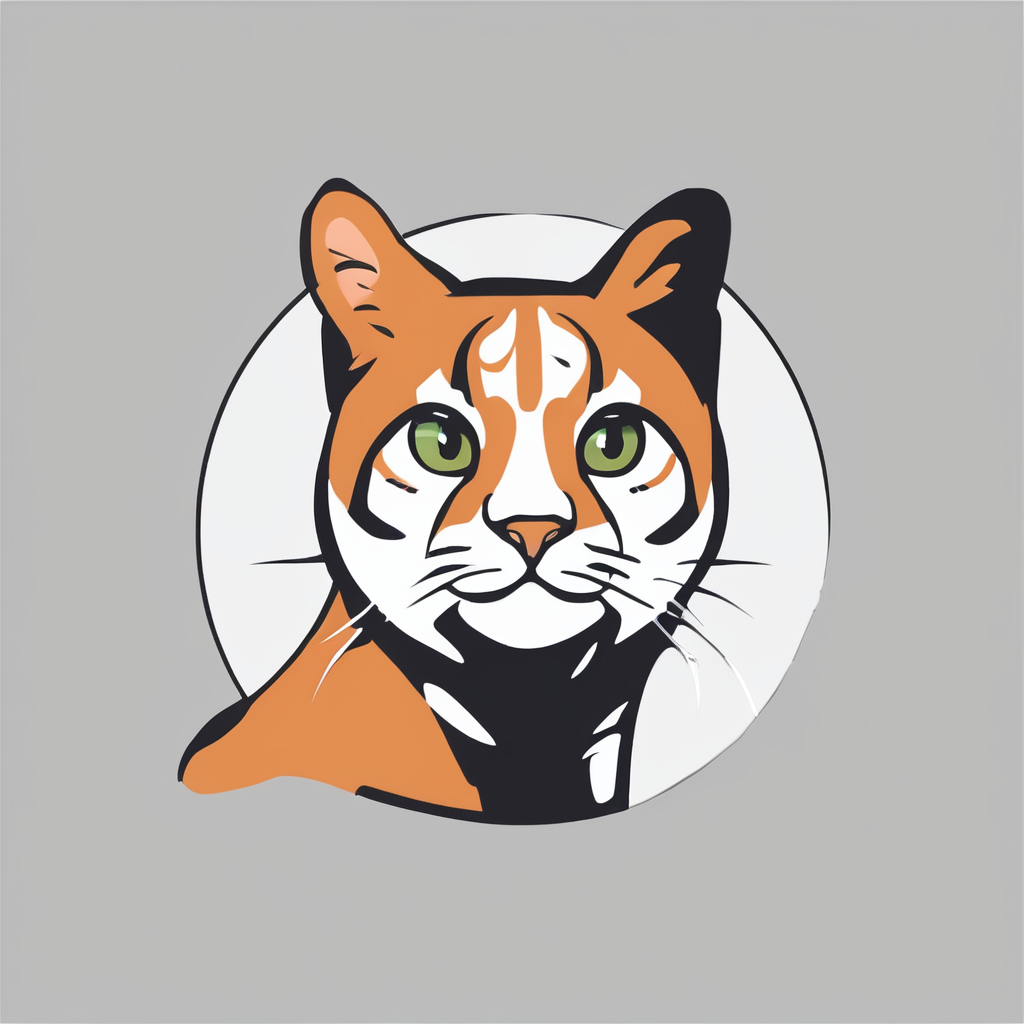Typical Daily Habits of UK Cats
UK cat behavior displays distinct patterns shaped by lifestyle and home environments. Domestic cats in the UK often follow a morning and evening activity cycle, showing increased alertness and playfulness during these times. This crepuscular routine aligns with natural instincts but is influenced by household schedules.
Many UK cats exhibit clear preferences for indoor versus outdoor environments. Due to the structure of British homes and neighbourhood safety concerns, a majority of cats spend significant time indoors or in enclosed gardens. This choice affects their activity levels and engagement with their surroundings.
Have you seen this : What are the top UK destinations for cat-friendly holidays?
Feeding, grooming, and resting routines in UK households tend to be consistent and well-established. Owners commonly feed their cats twice a day, aligning with peak activity periods. Grooming varies, but many cats self-maintain fur cleanliness, supplemented by occasional owner brushing. Resting times occur mainly during daylight hours, with cats often retreating to quiet, cosy spots. Understanding these habits helps owners create environments catering to their cat’s natural behaviours, promoting health and happiness.
Responses of UK Cats to Local Weather and Climate
Cats in the UK exhibit distinct behaviors influenced by the UK climate and cats’ innate responses to the environment. Due to frequent rain and cooler temperatures, cats often develop adaptations that help them remain comfortable and safe. One common adaptation is their preference for sheltered areas when outdoor conditions are harsh. They seek out dry, warm spots—such as under garden structures or inside sheds—to avoid cold, damp weather.
This might interest you : Why Do Cats in the UK Prefer Certain Toys Over Others?
Seasonal cat behavior in the UK also shows notable variations. During summer, cats tend to be more active and spend extended periods exploring outdoors, taking advantage of milder temperatures and longer daylight hours. In contrast, winter prompts a decrease in outdoor activity as cats conserve energy and seek warmth. This seasonal shift highlights how cats and weather interactions shape their daily routines.
During adverse weather, shelter-seeking and nesting behaviors become more apparent. Cats often curl up in enclosed spaces, sometimes incorporating soft materials to create insulated nests. This behavior enhances their comfort and mimics natural instincts to protect against cold and wet conditions. Understanding these patterns can guide pet owners in creating accommodating environments aligned with UK weather realities.
Hunting Instincts and Impact on Local Wildlife
Understanding how UK cats interact with their environment
Domestic cats in the UK exhibit strong hunting instincts, significantly influencing local wildlife. Their predation patterns involve small mammals such as voles, mice, and shrews, alongside various bird species native to UK gardens and woodlands. These hunting behaviours remain consistent irrespective of being well-fed, highlighting the innate drive rather than mere survival needs.
In rural areas, cat predation UK is often more pronounced due to the abundance of accessible prey. Countryside cats tend to hunt larger rodents and wild birds, whereas urban cats encounter limited but diverse prey like urban rodents and songbirds. This variation in hunting patterns reflects the availability of species within different landscapes but does not diminish the overall impact.
The consequences on local ecosystems are tangible. Cats contribute to declines in certain small wildlife populations, altering predator-prey dynamics. Repeated predation pressure can reduce biodiversity, especially affecting vulnerable or ground-nesting species. Although cats are natural hunters, their presence must be managed responsibly to safeguard wildlife health and ecosystem balance within UK habitats. Understanding these hunting patterns assists owners in mitigating negative effects, ensuring coexistence between cats and local fauna.
Social Behaviors Shaped by UK Culture
Exploring how British culture influences feline social interaction
In the UK, cat social interaction is deeply influenced by cultural norms around pet ownership. Many UK households prefer keeping cats indoors, which shapes the dynamics between cats and their owners. Unlike more outdoor-oriented cultures, British cats often develop strong bonds with humans, reflecting a close cat-owner relationship. This results in cats displaying affectionate behaviors like head-butting and purring to communicate comfort and trust.
In single-cat UK homes, the cat tends to be the sole focus of attention, often developing a distinct personality catered to owner interaction. These cats may seek more physical contact and vocalizations as a way to engage their humans.
Conversely, in multi-cat households, social hierarchies emerge based on territory, age, and temperament. British owners tend to manage these relationships carefully, balancing each cat’s needs to prevent stress. Cats may engage in mutual grooming and play, displaying sociability that mirrors the UK’s emphasis on harmonious pet coexistence.
Overall, the UK’s approach to pet care fosters cats that are both independent yet deeply bonded with their human families, blending traditional affection with modern household structures.
Unique Quirks and Anomalies Reported by UK Pet Experts
Insights into feline behavior across the region
UK pet experts frequently observe unique cat habits that set British felines apart from their global counterparts. These behaviors often stem from a blend of cultural influences and the distinct UK environment. For instance, many cats exhibit a particular fondness for cozy indoor nooks, reflecting the country’s cooler climate and the owners’ preference for indoor living spaces.
Veterinarians and animal behaviorists report regional quirks, such as a higher incidence of vocalizations like chirping or trilling among cats in rural UK areas, suggesting adaptation to outdoor stimuli or different socialization patterns. In contrast, urban cats may show more reserved behaviors, possibly due to denser living conditions.
Experts also highlight odd preferences, including selective food tastes unique to UK cats, often influenced by common local diets or family habits. Understanding these UK pet trends requires appreciation of the cultural milieu where cats are often treated as cherished companions, shaping their interactive habits. These expert insights underscore how UK culture and environment foster feline characteristics distinct from other regions, offering a fascinating glimpse into the diverse world of cat behavior in Britain.

